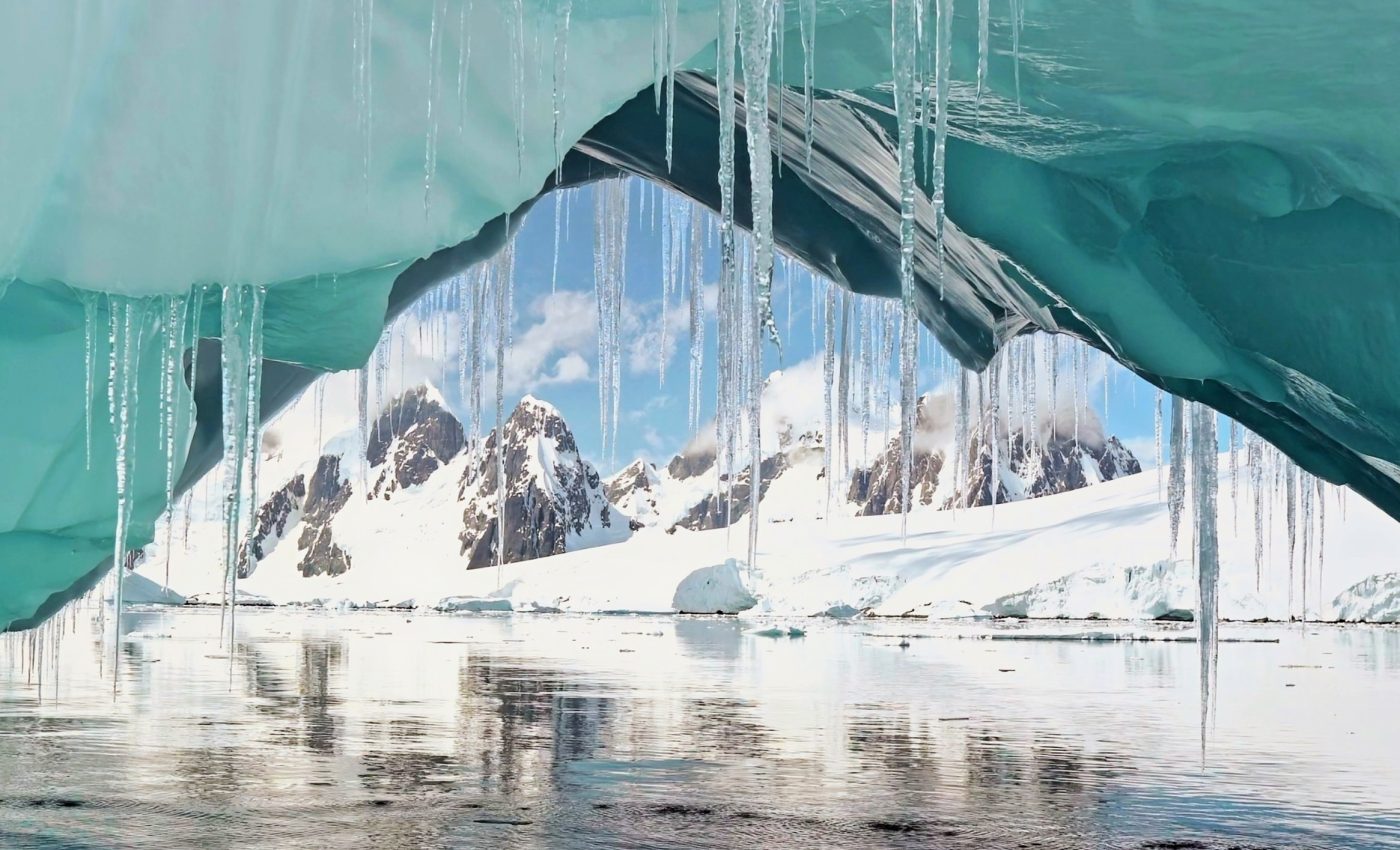
Ancient sea levels warn of the dangers from today’s melting ice
In a major recheck of Earth’s past, a new study reports that global mean sea level shifted dramatically throughout the last Ice Age – not just at the end. The work reaches back 4.5 million years and reorganizes how scientists think about ice sheets and climate pacing.
At times early in that record, oceans stood about 65 feet (20 meters) higher than today, while later lows rivaled the deepest drops of the most recent glacial maximum.
Rethinking ice age sea levels
Peter U. Clark of Oregon State University (OSU) and colleagues reconstructed past global mean sea level – the worldwide average height of the ocean surface.
The team concluded that big ice sheets waxed and waned across much of the Pleistocene, which means large sea level swings were not late arrivals.
“This is a paradigm shift in our understanding of the history of the ice age,” said Clark. He noted that earlier models had underestimated how dynamic Earth’s ice sheets were, missing the repeated rise and fall of ancient seas long before the Ice Age’s final peak.
Shells reveal sea history
To pull this off, the group relied on benthic foraminifera, tiny seafloor organisms whose shells archive past ocean conditions. Their oxygen signals track both ocean temperature and how much water is locked on land as ice.
The researchers first separated temperature from ice volume using a global temperature reconstruction developed in 2024. That allowed them to translate the seawater oxygen signal into sea level without baking in old assumptions.
They then compared their curve to long-used stacks of seafloor oxygen records such as the LR04 database, a widely cited benchmark for ice age pacing.
That classic stack features 41,000 year rhythms early on and 100,000 year rhythms later, but by itself it blends temperature and ice.
The new approach avoids a constant conversion that can miss how warmer climates change the isotopic “weight” of ice. It finds that many early cycles were already as large as the later ones in terms of ice volume and sea level.
Climate cycle shift
The middle Pleistocene transition (MPT), a shift between about 1.2 million and 0.62 million years ago, marks the move from mainly 41,000-year cycles to dominant 100,000-year cycles.
Earlier reconstructions tied the MPT to steadily growing ice sheets that only reached full size late.
Clark’s analysis says the story is different. Large ice sheets existed well before the MPT, which means the clock changed, not the basic size of the glaciers.
One suspect is Earth’s axial tilt, a slow wobble that alters how sunlight is spread. This aberration has a period near 41,000 years.
The study suggests that during the MPT, changes in the Southern Ocean carbon cycle amplified 100,000-year scale swings in atmospheric CO2. That would boost temperature cycles and influence when ice sheets crossed their stability threshold.
Ice age sea level timeline
From 4.5 to 3 million years ago, the oceans often rose near 65 feet (20 meters) above present. This indicates that Antarctica and Greenland were smaller than today.
After about 4 million years ago, lows began dipping below modern sea level more regularly as northern ice sheets advanced.
By roughly 2.5 million years ago, low stands reached depths comparable to the Last Glacial Maximum, near 425 feet (130 meters) below today. That depth indicates ice sheets as bulky as the most recent giants, rather than being thin, wide domes.
A notable threshold appears in the record. When GMSL fell roughly 260 feet (79 meters) below modern levels, ice sheets tended to become unstable on the next upturn in obliquity.
This refers to the angle between Earth’s axis of rotation and its orbital plane. As a consequence, this helped kick off a major deglaciation.
Model tests also point to the role of ice height. Higher ice surfaces stay colder and can hold positive surface mass balance (SMB) under conditions that would waste away shorter ice.
Why this matters
If big, sensitive ice sheets were common across the Pleistocene, then Earth’s climate system contains strong internal feedbacks. Those feedbacks can flip ice sheets between growth and decay when conditions cross certain thresholds.
The idea that southern ocean processes modulated CO2 across the MPT lines up with the longest Antarctic ice core records. High resolution CO2 from the past 800,000 years shows repeated 100,000 year swings.
The new sea-level history also helps benchmark how quickly oceans can rise or fall when ice sheets reorganize. That context is valuable because today’s rate is accelerated by human warming, even though the drivers differ from the orbital pacing of the ice ages.
“Having those large ice sheets present throughout that time means that their formation and decay were likely influenced by internal feedbacks in the climate system, rather than external dynamics,” said Clark.
What to watch next
Extending direct CO2 records beyond 800,000 years would enable researchers to test the proposed Southern Ocean carbon cycle link across the full MPT.
New drilling projects aim to recover older ice that could pin down how greenhouse gases pulsed before that boundary.
Better constraints on past GMSL will refine how models treat ice physics, ocean heat storage, and feedbacks between clouds, winds, and snowfall. That includes whether the obliquity threshold behavior holds across different backgrounds of temperature and carbon dioxide.
Finally, the finding that large ice sheets appeared early means past coastlines shifted far and often. Geological markers from distant shores can be rechecked against the updated curve to spot mismatches and improve both datasets.
The study is published in the journal Science.
—–
Like what you read? Subscribe to our newsletter for engaging articles, exclusive content, and the latest updates.
Check us out on EarthSnap, a free app brought to you by Eric Ralls and Earth.com.
—–













